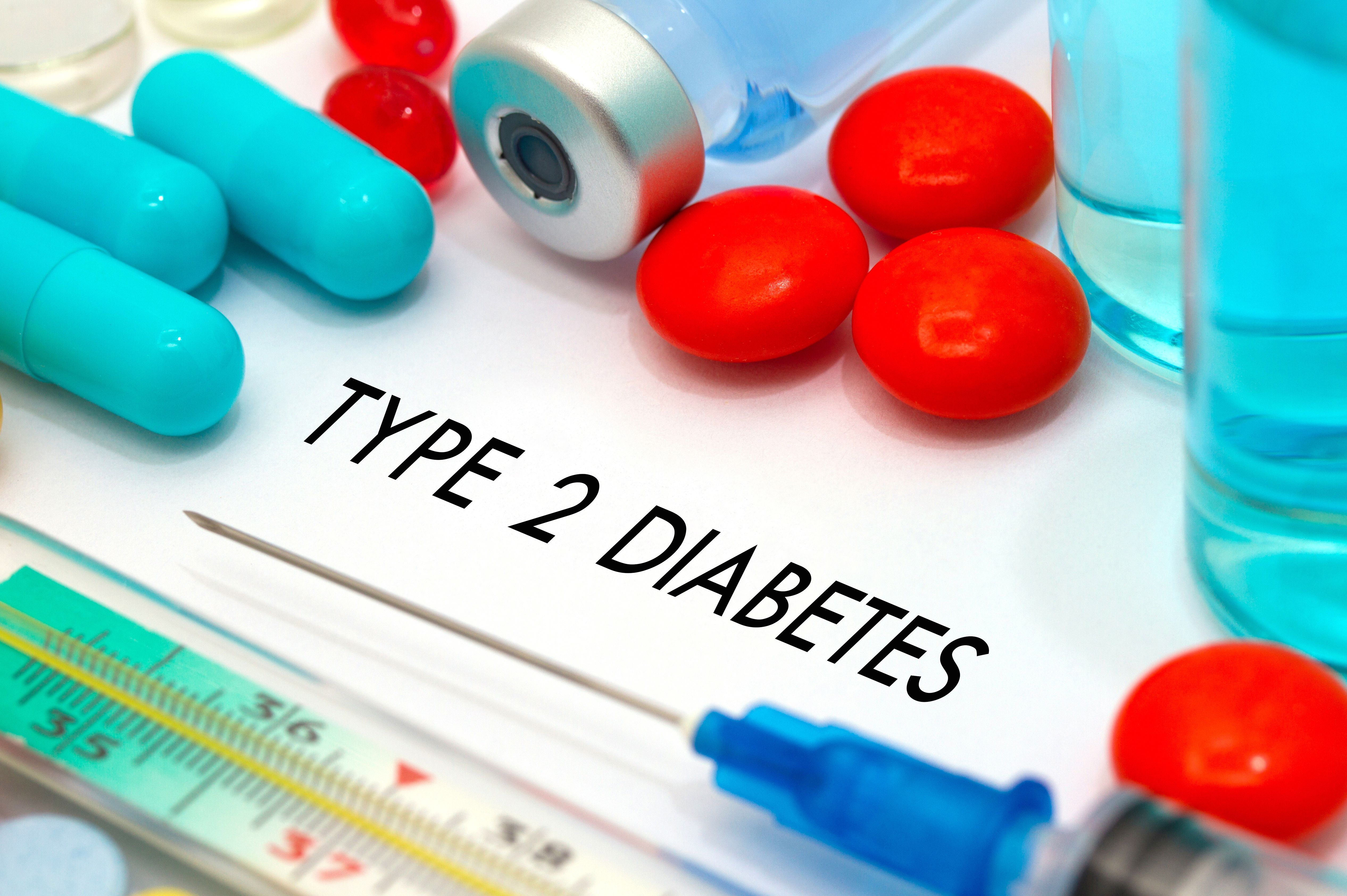Article
School Lunch Changes for 2015 May Be Just the Start of Rollback
Author(s):
Congress eased school nutrition standards championed by Michelle Obama in the final days of the last session, and some nutrition advocates believe it's just the beginning of a rollback of the 2010 law that put healthier foods on lunchroom plates. What happens if Congress' efforts to water down school lunch standards run counter to the ongoing work of the committee setting the nation's nutrition policy, whose work will be released in the next few weeks?
When Congress adopted the Omnibus Appropriations Bill in late December 2014, it featured changes to the National School Lunch Program (NSLP), which came after months from brinksmanship between the School Nutrition Association (SNA) and First Lady Michelle Obama.
The changes are not close to a rollback of the 2010 Healthy, Hunger-Free Kids Act, which brought widespread change to what schoolchildren eat for lunch. However, with Republicans taking control of the Senate and adding members in House this month, more changes may be on the way.
The 2010 law took aim at the amount of salt in meals and mandated that half of all grains served in items like pizza, pasta, and biscuits be whole-grain rich. It demanded that more of the calories in school lunches come from fruits and vegetables. The political fracas this fall ignored that these changes stemmed from science: in a November editorial in the New England Journal of Medicine, Jennifer A. Woo Baidal, MD, MPH, and Elsie M. Taveras, MD, MPH, noted a 2008 Institute of Medicine report found that school lunches included few fruits and vegetables—except potatoes—and were loaded with refined grains.
“Almost 80% of children consumed more saturated fat that was recommended, and sodium intake was excessive in all groups,” Baidal and Taveras wrote. “Children ate more than 500 excess calories from solid fats and added sugars per day.” With the school lunch program reaching 92% of children and sometimes accounting for the only meals poor children ate all day, change had been imperative to combat rising rates of childhood obesity and diabetes.
For nutrition advocates, frustration stems from the food industry’s ability to seize on teenage taste buds and social media to interfere with several nutrition programs—not just school lunches—that were showing early evidence of progress. For example, a February 2014 study in the Journal of the American Medical Association found that while one-third of adults and 17% of children were obese, its prevalence had begun to stabilize, and obesity rates for the youngest Americans, those ages 2-5, were falling.
Meanwhile, USA Today reported that the hashtag #thanksmichelleobama, often accompanied by a photo of an unappealing lunch, dates back to 2012. But it use began to soar after the midterm elections and peaked November 21, 2014, as the budget deal was taking shape.
Implementation Offers Surprises, Costs
The effects of the 2010 law were not felt until the start of the 2012-2013 school year. Last-minute rules issued by the US Department of Agriculture (USDA) made implementation difficult and expensive for the same school groups that had supported the law’s passage.
Almost as soon as school year began, the SNA and the National School Boards Association began complaining that students were refusing to eat cafeteria fare, resulting in financial losses for some school lunch programs and “plate waste,” or thrown out food. The math of the school lunch program made losses more likely in wealthy, suburban districts, because fewer children quality for a free or reduced-price lunch, making the cost of compliance comparatively higher—and the consequences worse when more students opted to bring lunch from home. Of course, more of these schools were located in Republican House districts.
The battle over what schoolchildren eat for lunch got ugly enough to be chronicled in a New York Times Magazine cover story, which detailed how the fight caused the SNA, a group that represents 55,000 cafeteria professionals, to fire its longtime lobbyist when members fully grasped how the law had changed daily operations. In particular, school cafeteria officials objected to the USDA rule that required students to put fruit or vegetable servings on their tray; otherwise, districts could not be reimbursed for that meal. As the Times story outlined, the reality of compelling lunch ladies to demand that burly football players “take your vegetables,” just wasn’t working on America’s cafeteria lines, and some schools were bleeding cash. Meanwhile, kids complained that the meals left them feeling hungry. By the spring of 2014, the SNA was pressing for a provision that would allow districts operating a net loss to temporarily opt out of the nutrition standards.
Michelle Obama and her allies in the nutrition advocacy community fought back, and the compromised in the 2015 budget bill reflects that effort. The budget package takes 2 steps:
- · It gives districts more time to achieve increasingly strict standards on sodium content that were scheduled to take effect in 2017. Specifically, budget language locks in the previous sodium reductions in "meals, foods, and snacks sold in schools ... until the latest scientific research establishes the reduction is beneficial for children."
- · School food directors gained flexibility on the whole grain requirements, which will give them more options for popular food items like pizza that make cafeterias money.
“SNA greatly appreciates Congress’ recognition of the challenges school nutrition professionals have faced as they work to meet new nutrition standards,” SNA CEO Patricia Montague, CAE, said in statement. “Since the new standards took effect, 1.5 million dissatisfied students have given up on school meals, taking their lunch money with them.”
Nutrition advocates sounded pleased the changes did not go further. “We’re pleased that Congress didn’t waive all school lunch standards,” said Margo Wootan of the Center for Science in the Public Interest. “It’s best for kids if school nutrition is based on science, not politics.”
Too Much Too Soon?
Some critics of the sweeping changes have asked whether the real problem was the new standards, or the fact that American palates have become so accustomed to salty, fatty fare that it was impractical to make such drastic changes overnight. Schools that had the best success in getting students to accept food meeting the new standards began phasing in the requirements in 2011-2012 school year, so the new lunches were not such a shock. One superintendent told TIME that he agreed with the nutrition standards, but schools couldn’t be left alone to force students to eat fruits and vegetables, while nothing is done about unhealthy options at McDonald’s or gas stations.
In their essay for NEJM, Baidal and Taveras cited research that found the longer children are exposed to newer foods, the more likely they are to develop a taste for them; abandoning the program only 2 years in, they argue, is not the way to convince American children to eat fruits and vegetables for the long haul. More critically, they cited research that found low-income children—who may not have other food options at home—were more likely to consume the fruits and vegetables served at school.
Based on these results, will slowing down the phase-in of standards work? More importantly, will the standards survive the new Congress, or the next president?
What Happens Next
While the battle over the NSLP has spilled into the public arena, a much quieter process is taking place that could direct how US tax dollars are spent on food programs.
On December 15, 2014, the Dietary Guidelines Advisory Committee (DGAC) completed the last of 7 public hearings and will soon issue its report to the Secretaries of Health and Human Services and USDA. Recommendations in this report, which will be made public, will inform the 2015 Dietary Guidelines for Americans, which are official US nutrition policy. The Guidelines direct the content of the Supplemental Nutrition Assistance Program (SNAP), meals served to the military, and other programs. The 2010 round informed the law that created the current NSLP.
As reported in previous issues of Evidence-Based Diabetes Management, current members of DGAC have taken a dietary patterns approach to their work, and have examined the scientific evidence linking what Americans eat to the prevention of common cancers, diabetes, obesity and heart disease. While it’s too soon to say what the 2015 Guidelines will conclude, any attempt to further ease standards for the NSLP could be in conflict, if the DGAC hearings offer any sign. At its final meeting, for example, the panel called for reducing added sugar in US diets.
"Soda and other sugar-sweetened beverages are unlike most things in the diet in that they provide nothing of value, but are major drivers of diabetes, heart disease, obesity, and other health problems," Michael Jacobson, the director of the Center for Science in the Public Interest, said in a statement praising the DGAC’s call for less sugar.
That’s not to say that Congress won’t have the last word. The 2010 Guidelines let to healthier nutrition standards in the Women, Infants’ and Children (WIC) program, and it has been a point of pride with members of the current committee that the last DGAC led to the vouchers that allow WIC clients purchase fresh fruits and vegetables, but not potatoes.
Following lobbying by the potato industry, however, the 2014 Omnibus Appropriations Bill requires HHS to add potatoes to the voucher program.
Around the Web
From potatoes to salty fries in school: Congress tweaks food rules
How School Lunch Became the Latest Political Battleground
SNA Urges Support for School Meal Flexibility in Omnibus Appropriations Bill
Students are Blaming Michelle Obama for their “Gross” School Lunches
Newsletter
Stay ahead of policy, cost, and value—subscribe to AJMC for expert insights at the intersection of clinical care and health economics.





